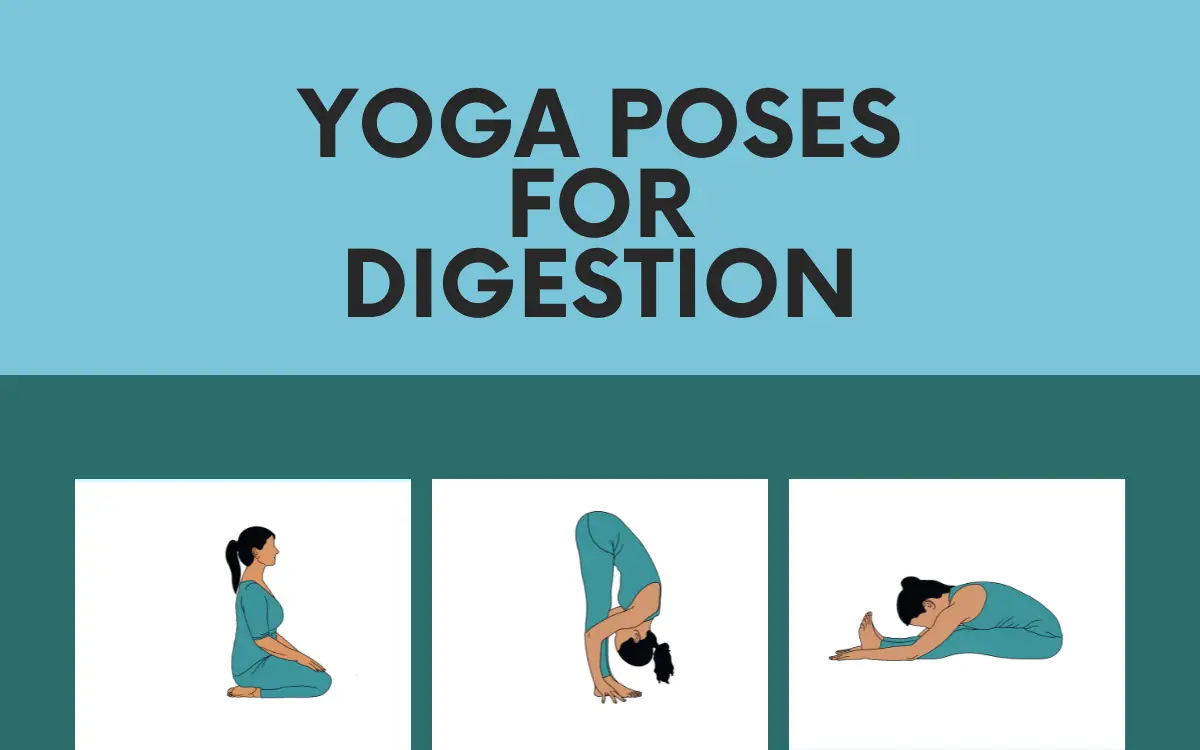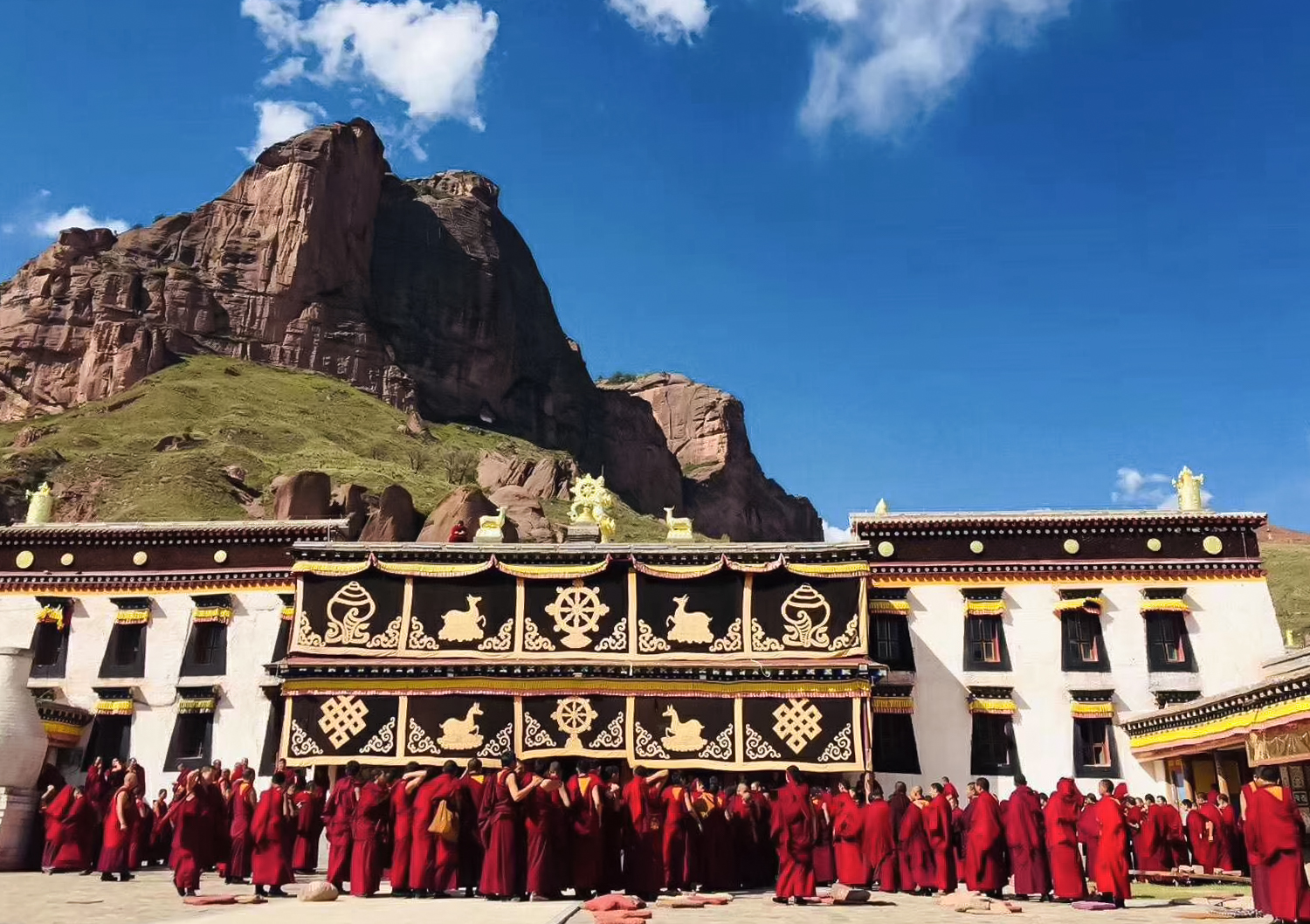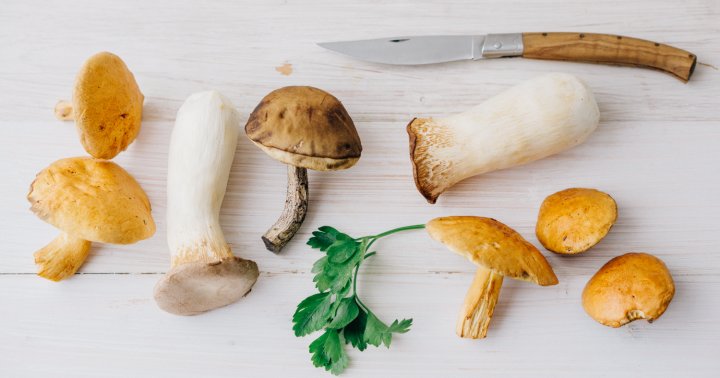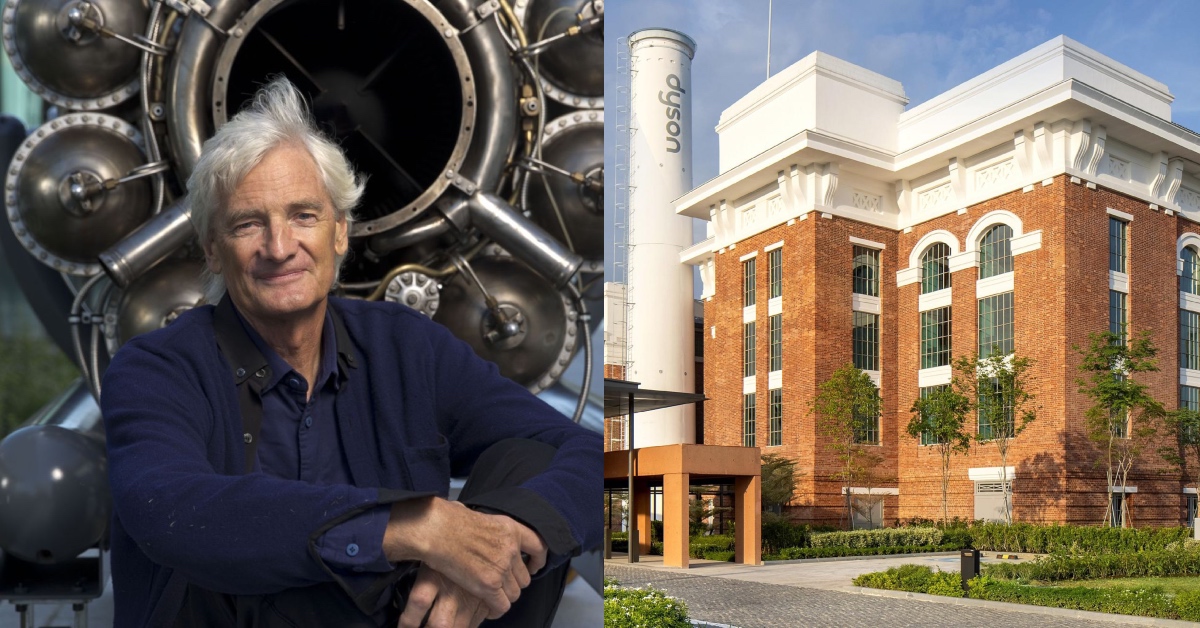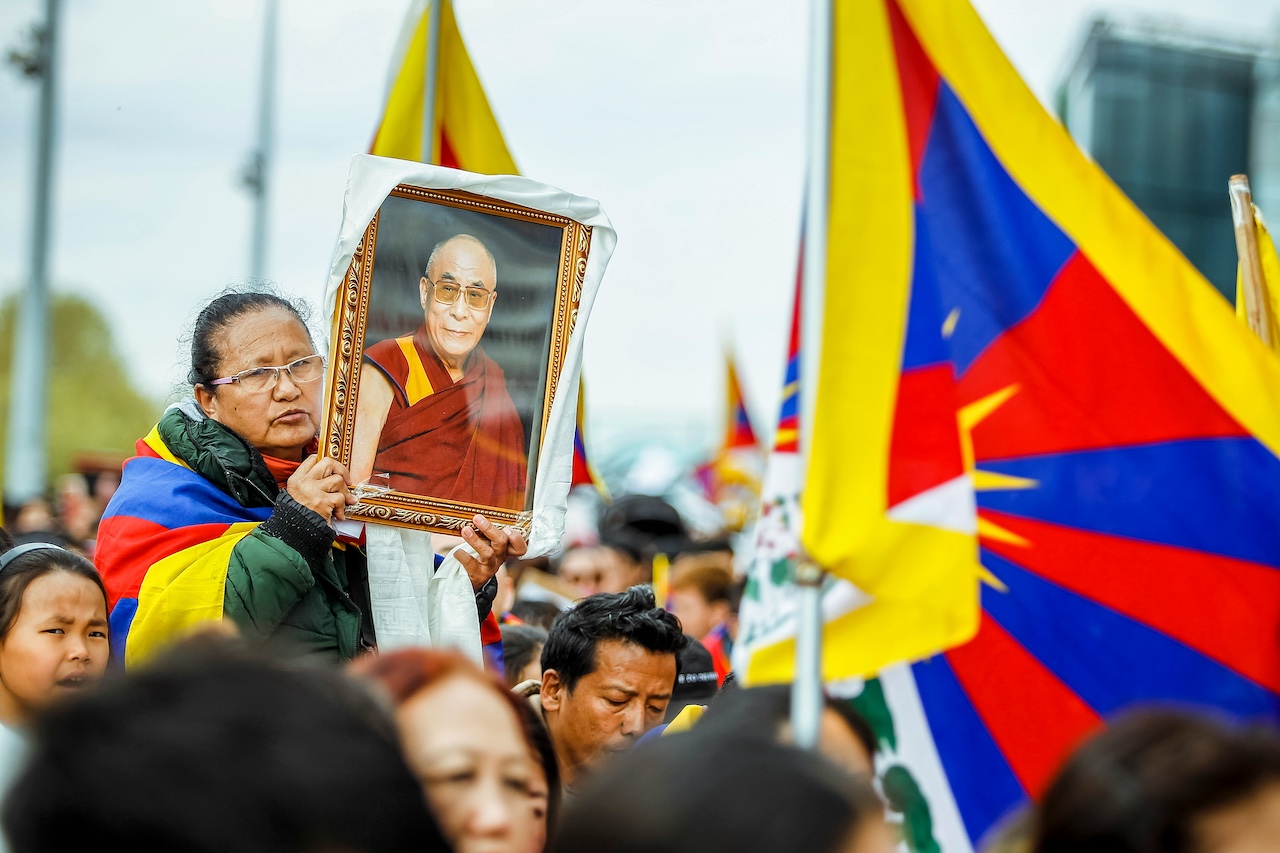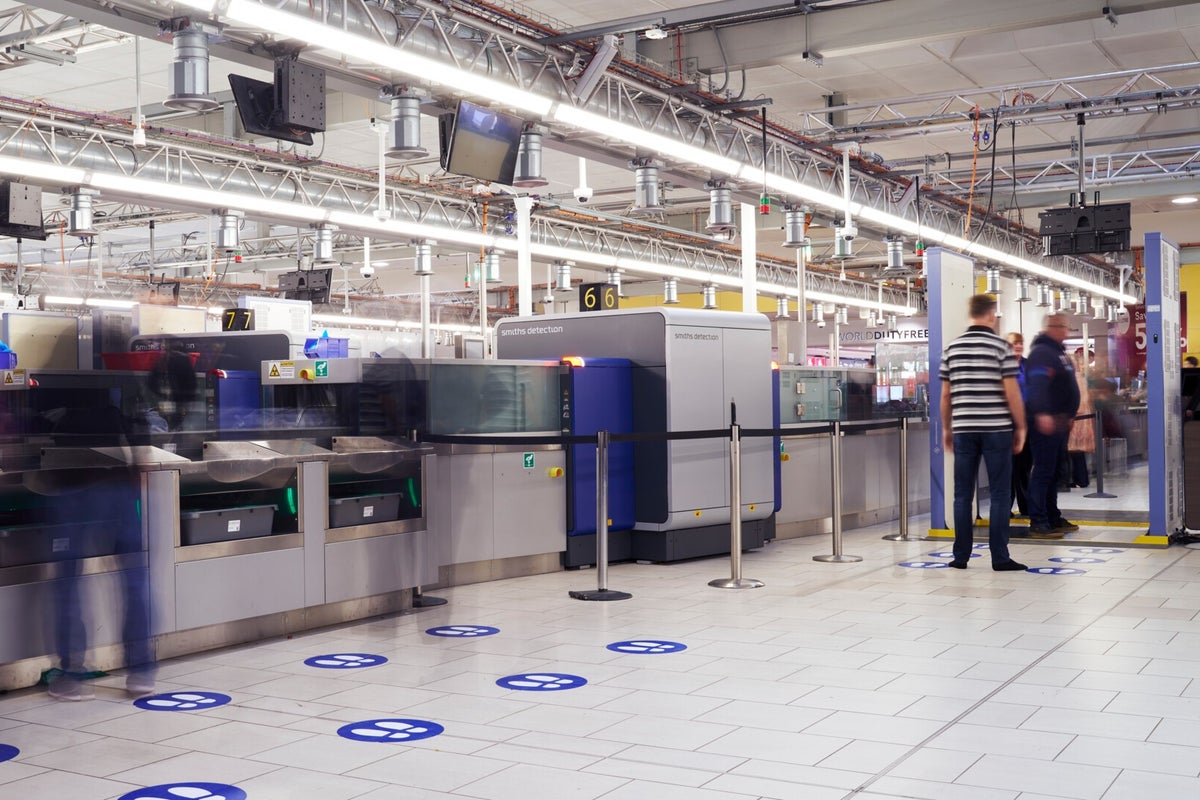How to Heal from Racial Harm
Rev. Liên Shutt offers two methods for reconnecting with our innate wholeness. The post How to Heal from Racial Harm appeared first on Lion’s Roar.
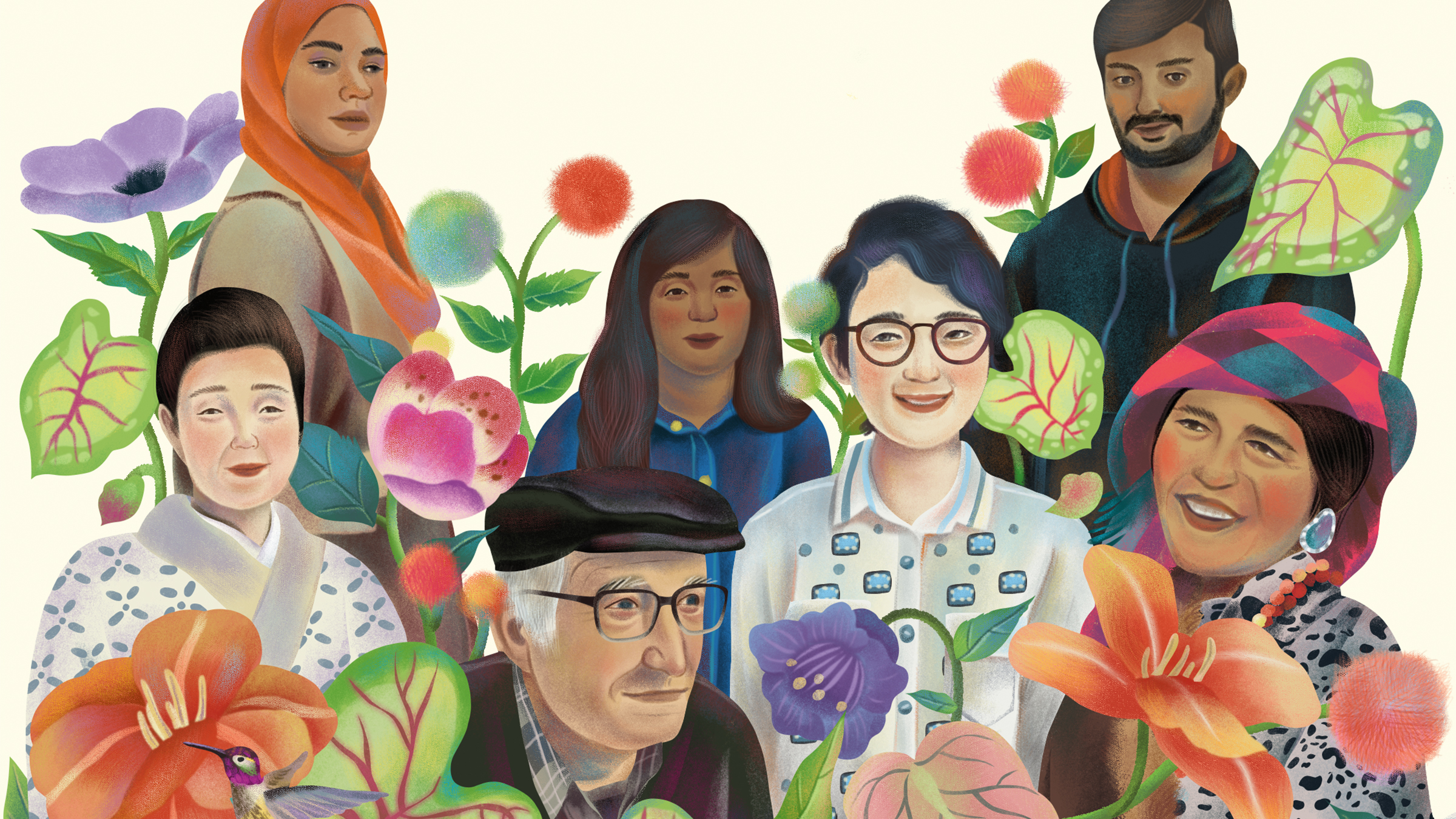
We are in the now, already present. But trauma keeps us from remembering this. As human beings, we are part of the conditioned world, and thus dukkha (suffering) arises. Trauma manifests when we feel like we’ve reached our maximum capacity for dukkha and this feeling is not held, supported, or worked on in ways that validate our values and repair the hurt and harm. We often approach trauma with fear or avoidance. Often fear is covered over with anger, while avoidance can manifest as spacey-ness or anxiety.
It is common to experience trauma from a current racist incident, and also to relive trauma when we remember similar incidents from the past. Therefore, a large part of healing from racial trauma is to reclaim our presentness, our presence. We need to reground ourselves in the now, in our innate wholeness and completeness. However, many of us are taught to approach our racial healing mostly through the mind, trying to sort through a racist experience, perseverating on the whats and whys of a racial trauma. When we report a racist incident, most often we are asked, “What happened?” as opposed to “How are you?” or “How are you feeling?”
In the West, we’re taught to lean heavily on the mind’s narrative, thinking it defines us and will give us answers to problems. Many of us start going on meditation retreats in order to find calm minds or narratives that we can call “insights.” As we mature in practice, though, we realize that the fruit of practice is more about understanding the processes of how we know what we know.
To heal from racial trauma—in the moment of it happening or as we’re reliving it—is to stop the perseverating mind-loops that make the racial trauma feel solid and enduring. We need to relearn that the process of healing is about regulating how we attend to the whole body-mind—sensations, emotions, and thoughts. When we understand these aspects of ourselves more clearly, we are less likely to become overwhelmed, because we are able to stay present, anchored in our wholeness.
Our Buddhist practices actually provide us with tools to do just this. When we reach “maximum capacity,” we become overwhelmed. I know that when I’m overwhelmed, my range of tolerance and flexibility narrows, constricting into tightness, increasing my sense that the dukkha I’m experiencing is solid and enduring. A large part of my practice is to relearn how to be with and clearly identify what’s happening.
I’d like to offer two practices that have helped me—and many others—more skillfully manage the dukkha of racial trauma: the Reduction Method and the Dilution Method.
Method 1: Reduction
Start by imagining your dukkha is a gumball-sized chunk of salt. If you popped the whole thing in your mouth, it would be too much to deal with! Instead, what you can do is to break it down into smaller pieces that are more manageable.
Meditation in which we pay attention to our breath—its beginning, middle, and end, for example—is a practice of moment-to-moment awareness. It teaches us to become more aware of all the “pieces” of what we usually experience as a single, solid event.
This is the Reduction Method at work, showing us that experiences are not firmly enduring. In the same way that we can observe the process of breathing, we can observe the nature of our challenging emotions, sensations, and thoughts. Awareness shows us that our suffering doesn’t really have solidity; it’s always changing. When we can more clearly identify the smaller bits that form an experience, this opens us up to seeing it as much more manageable. Thus, we’re supported in realizing that racial trauma is made up of various parts, giving us the space to attend to what is needed most right now, rather than falling into our conditioned, habitual reactions.
For instance, when I’m feeling scared, what is my actual experience? Is the emotion of fear a current one or an old one that’s been activated? Checking in with what’s happening in the present can be grounding. I know that if I’m more grounded, I’m more likely to connect to an appropriate response. I’ve observed that when I’ve overfocused on thoughts about a racist incident, I often find myself going over and over a series of events, trying to make sense of what’s happening while my body is frozen. This then tends to activate self-doubt, with the mind looping on “What to do?” Whereas, if I’m able to stay focused on an emotion or sensation (such as, my racing heart or tight throat), I’m more likely to act, thus calling out for witnesses or assistance!
Method 2: Dilution
The Dilution Method also starts out with visualizing our racial trauma as a gumball-sized piece of salt. This time, we make it more manageable by putting it in a large container, thereby weakening its impact. Dilution can happen in many ways. In meditation practice, instead of just focusing on the contents of what we’re aware of, we open into the field of awareness itself. The Dilution Method is also about understanding the systemic contexts of things—the big picture. For instance, when I took Ethnic Studies courses, I learned that there is the system of racism. This enabled me to understand that a racist incident wasn’t necessarily personal. For me, healing from racialization really began when I realized I wasn’t alone; it wasn’t something I personally “did” that caused hatred to be directed at me. The culture of white supremacy conditions us all to take on certain roles or locations of otherness and separation. A significant impact of racism is to fragment us from our innate wholeness. It’s important for us to remember we’re not isolated.
With practices such as the Reduction and Dilution Methods, we can know and regulate our direct body-mind experiences. This provides grounding, which in turn allows us to be more present for ourselves and for others who also share in the challenges and trauma of systemic racism. This strengthens our sense of wholeness and completeness—in ourselves and with all beings.
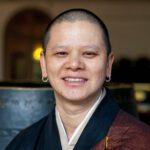
Rev. Keiryu Liên Shutt is a Dharma heir in the lineage of Shunryu Suzuki Roshi. Born into a Buddhist family in Vietnam, she began her meditation practice in the Insight tradition. She was a founding member of the Buddhists of Color in 1998. Her Zen trainings began at Tassajara and then continued monastically in Japan and Vietnam. While she has placed her trust and faith in Soto Zen, she continues to enjoy the deep silence of Insight practices and has completed retreats in America and Thailand. Please go to AwakeInLife.org for info on the sitting group and other events.

 ValVades
ValVades 







